Ever wondered why you can’t fall asleep with the lights on? Or why a cosy shaded room makes you drowsy? Thanks to our Circadian Rhythm, our body has its own 24 hour internal clock, which is heavily dependent on our visual input, receptive to light. The hypothalamus, a small part of our brain, regulates a hormone called melatonin based on visual input, which makes us alert during the day and drowsy during the night.
Since our circadian rhythm is dependent on visual input, internal lighting influences the hypothalamus response in humans. Hence it becomes exceedingly important to design internal lighting for user comfort based on the function of the space.
Circadian lighting, a relatively new concept, is about understanding the effects of electrical light on the human circadian rhythm and implementing lighting design to positively affect human health and wellbeing. Internal lighting can affect your mood, motivation, alertness, and overall visual and non-visual systems of our body.
So what can you do to make sure you have the best lighting systems in your homes and offices to instigate a positive response? Here are the 3 approaches to implementing a circadian lighting system.
1.Intensity tuning
A cost-effective and popular circadian lighting solution, Intensity tuning focuses on the brightness of the internal lighting system and its effects on humans. Naturally, the intensity of the sun in early mornings and evenings is extremely low, and higher during the day. The brightness of indoor lighting can be adjusted during the day to mimic these intensities using fixtures with controlled dimming systems
2.Colour tuning
The Correlated Colour Temperature (CCT) is the colour of light emitted by any source. In the case of natural light, The CCT during daytime is warmer compared to the cooler CCT during sunrise and sunset. Colour tuning is basically adjusting the intensity and CCT of internal lighting to mimic the natural day/night cycle.
Cooler CCT (4000K to 10,000K) should be used to promote alertness and attention during the day. Warmer CCT (2700K to 3500K) should be used during early mornings and evenings when people are falling asleep or waking up.
3. Stimulus tuning
Scientists have discovered that long-term exposure to certain wavelengths of blue light at a specific intensity can have a negative impact on melatonin production. Stimulus tuning focuses on adjusting the blue light wavelength of electrical lighting. Stimulus tuning light fixtures can be programmed to reduce blue light wavelengths during the evening/nighttime hours to limit melatonin suppression without changing the CCT.
With these solutions, you can design the perfect lighting in any given space based on the user, the function of the space and the effects of lighting on your circadian rhythm, to maximise the positive effects on your health and mind. Lighting design techniques are not just a regular lighting solution to illuminate spaces anymore. Instead, it is the future of lighting design that is thoughtfully curated to consider the well-being of its occupants for any human-habitable structure or space.

